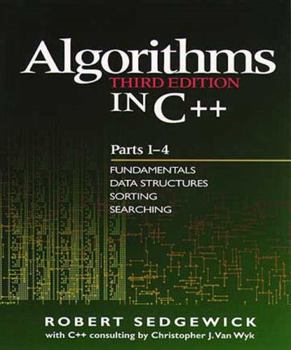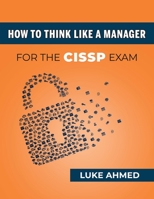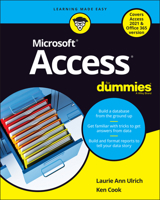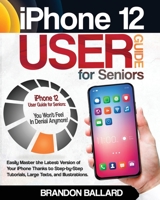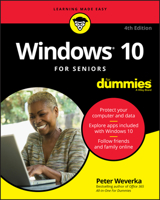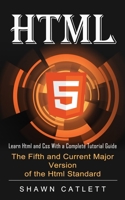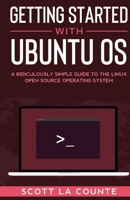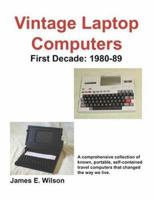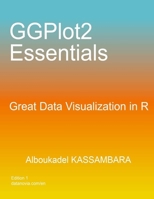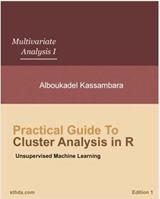Algorithms in C++, Parts 1-4: Fundamentals, Data Structure, Sorting, Searching
Select Format
Select Condition 
You Might Also Enjoy
Book Overview
Robert Sedgewick has thoroughly rewritten and substantially expanded and updated his popular work to provide current and comprehensive coverage of important algorithms and data structures. Christopher Van Wyk and Sedgewick have developed new C++ implementations that both express the methods in a concise and direct manner, and also provide programmers with the practical means to test them on real applications. Many new algorithms are presented, and the explanations of each algorithm are much more detailed than in previous editions. A new text design and detailed, innovative figures, with accompanying commentary, greatly enhance the presentation. The third edition retains the successful blend of theory and practice that has made Sedgewick's work an invaluable resource for more than 250,000 programmers This particular book, Parts 1n4, represents the essential first half of Sedgewick's complete work. It provides extensive coverage of fundamental data structures and algorithms for sorting, searching, and related applications. Although the substance of the book applies to programming in any language, the implementations by Van Wyk and Sedgewick also exploit the natural match between C++ classes and ADT implementations. Highlights Expanded coverage of arrays, linked lists, strings, trees, and other basic data structures Greater emphasis on abstract data types (ADTs), modular programming, object-oriented programming, and C++ classes than in previous editions Over 100 algorithms for sorting, selection, priority queue ADT implementations, and symbol table ADT (searching) implementations New implementations of binomial queues, multiway radix sorting, randomized BSTs, splay trees, skip lists, multiway tries, B trees, extendible hashing, and much more Increased quantitative information about the algorithms, giving you a basis for comparing them Over 1000 new exercises to help you learn the properties of algorithms Whether you are learning the algorithms for the first time or wish to have up-to-date reference material that incorporates new programming styles with classic and new algorithms, you will find a wealth of useful information in this book.
Format:Paperback
Language:English
ISBN:1590596897
ISBN13:9781590596890
Release Date:August 2006
Publisher:Apress
Length:447 Pages
Weight:1.35 lbs.
Dimensions:9.3" x 1.0" x 7.0"
More by Alboukadel Kassambara
Customer Reviews
5 customer ratings | 5 reviews
There are currently no reviews. Be the first to review this work.











